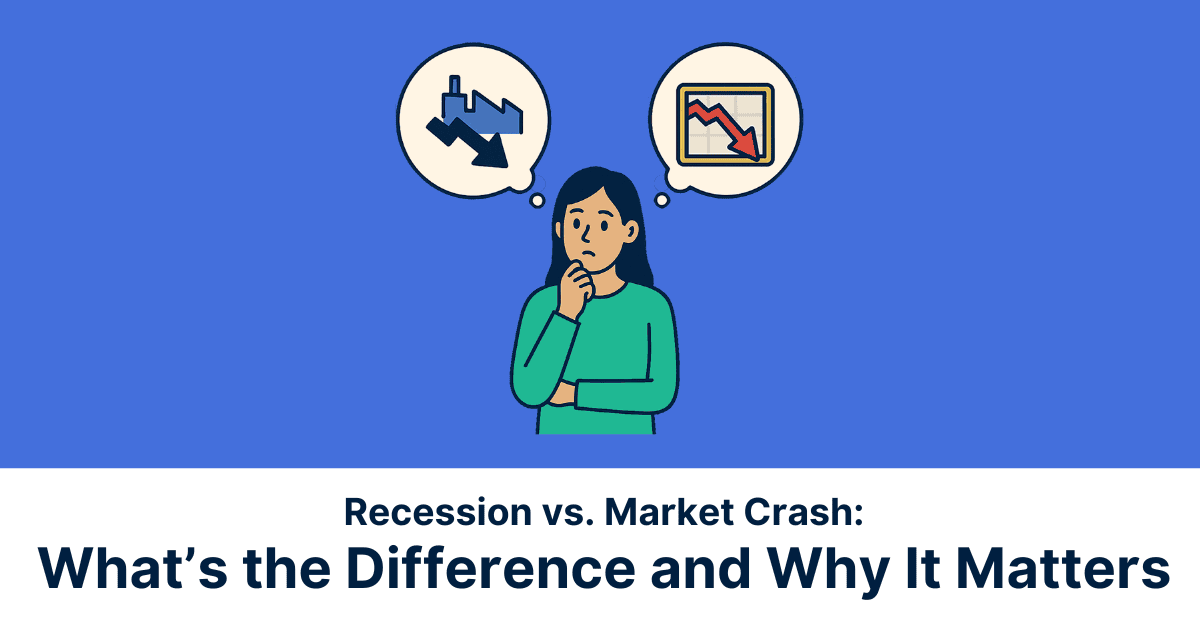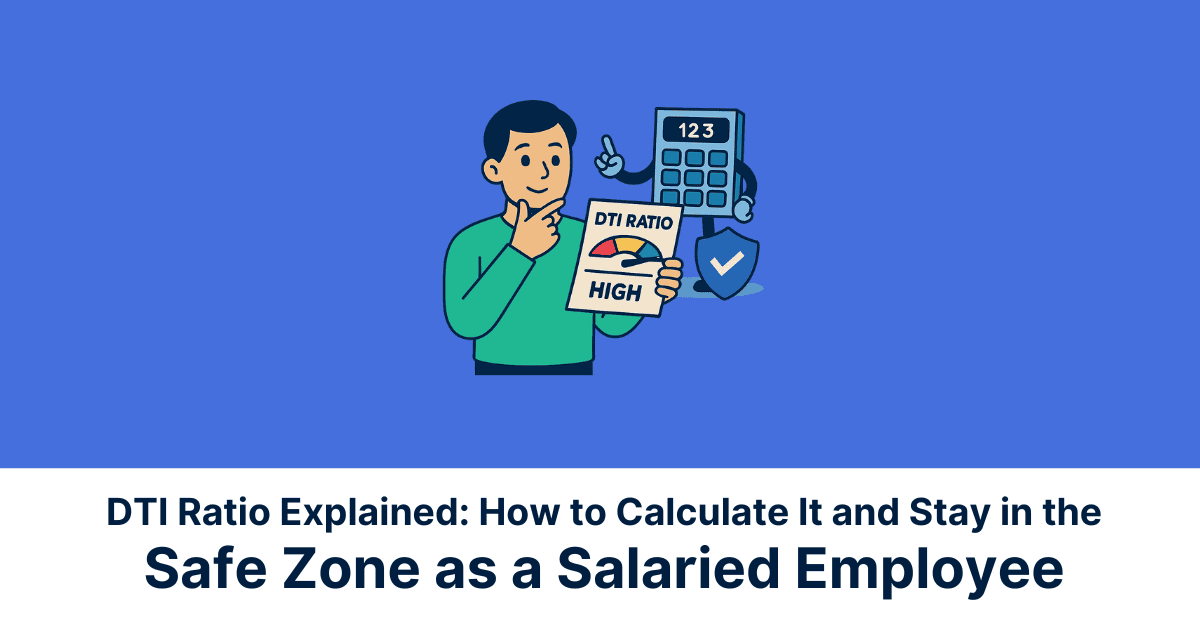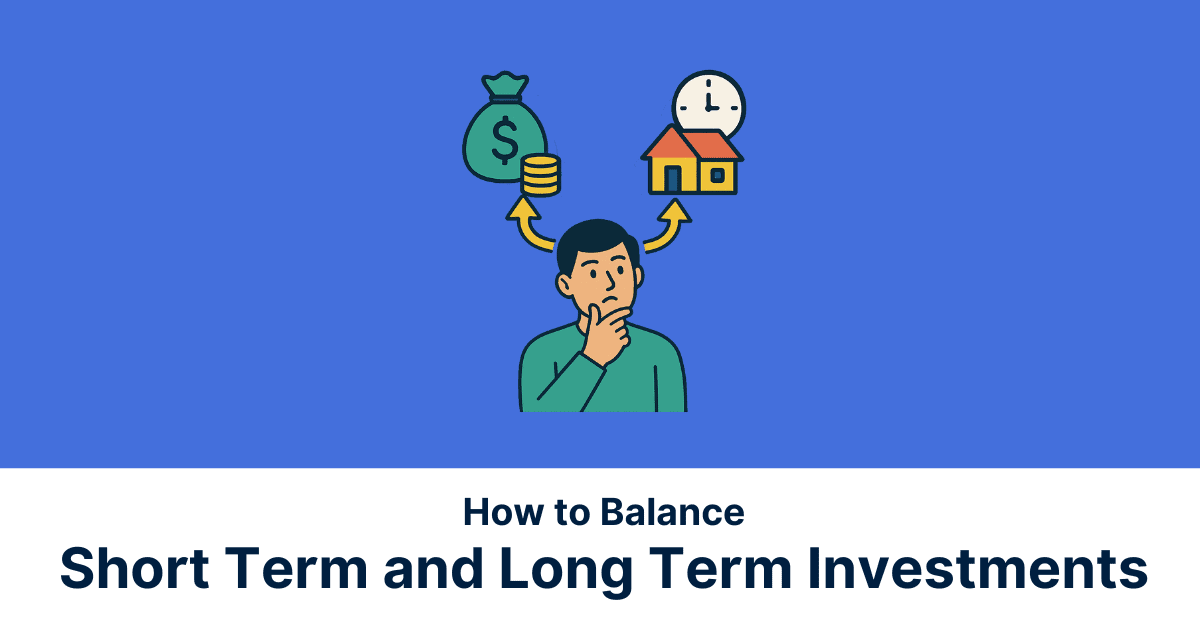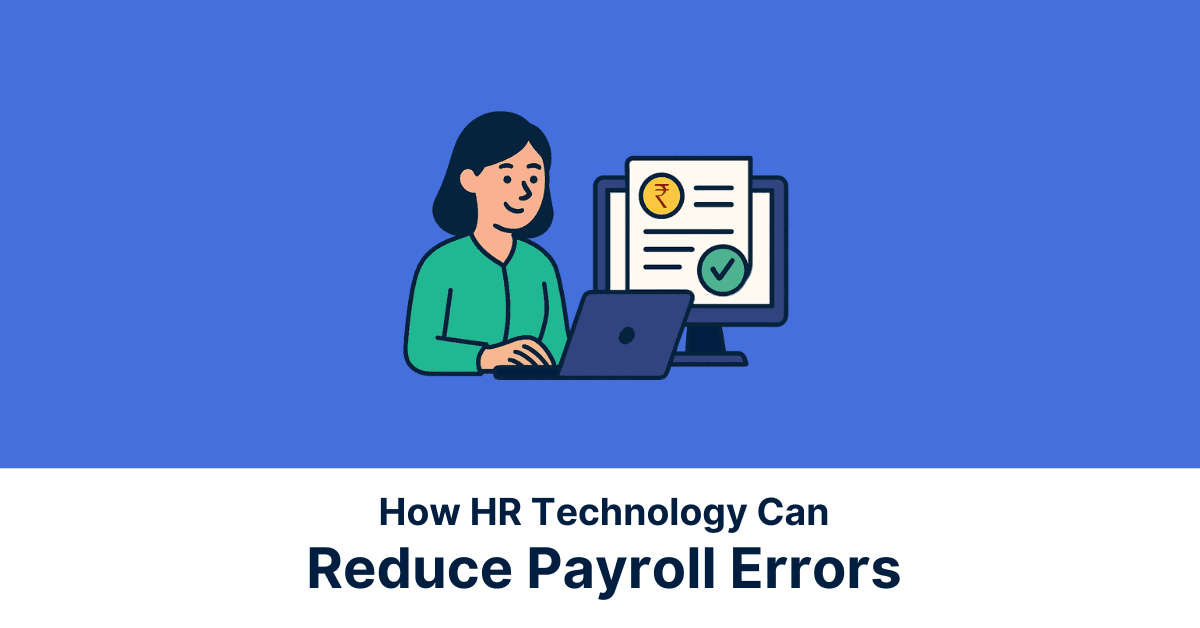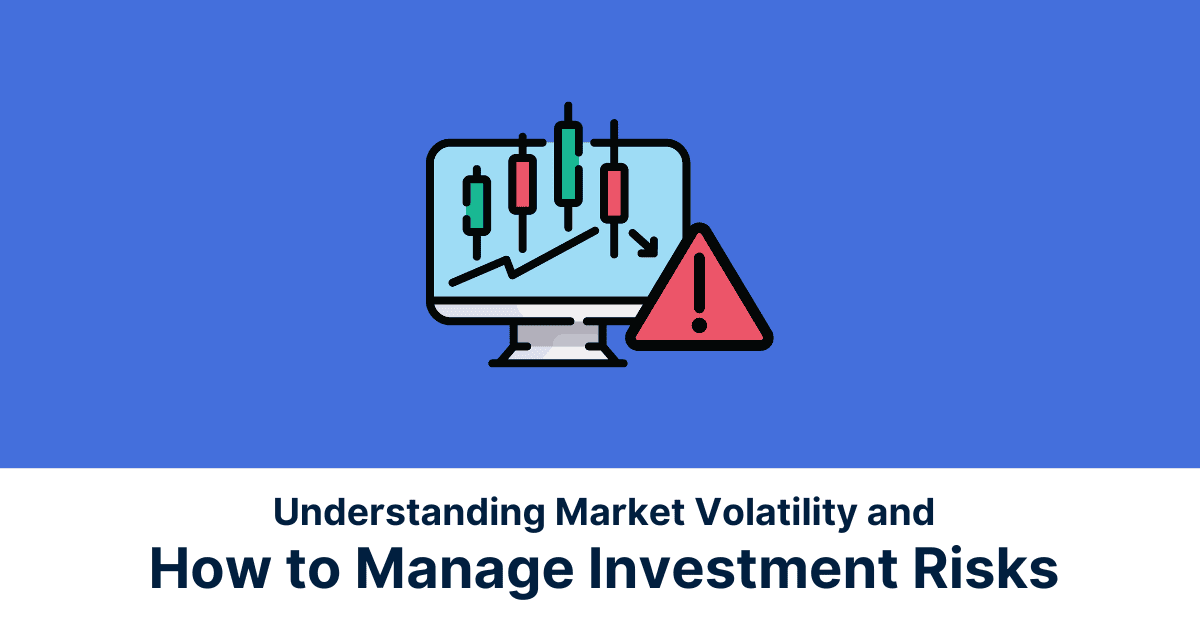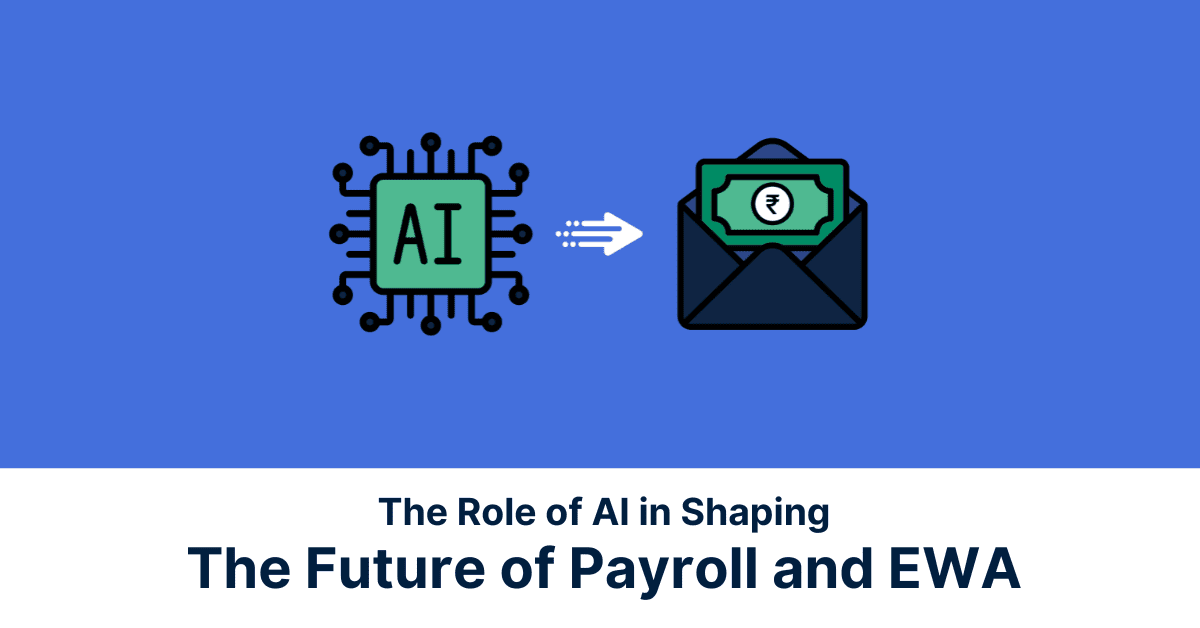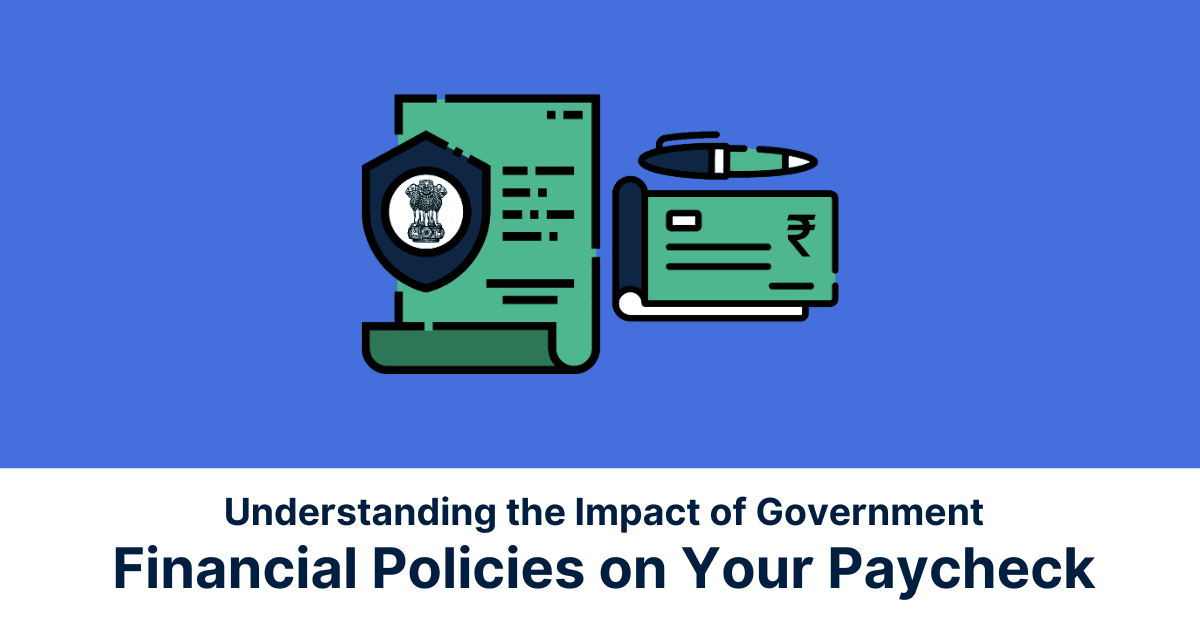Taking charge of your income tax can be a money-saving superpower! Knowing how much tax to expect from your salary helps you budget better and avoid surprises come tax time. This applies whether you get a regular paycheck or work for yourself.
You need to find your taxable income to figure out your income tax. This is essentially your gross salary minus any deductions and exemptions you qualify for, like Leave Travel Allowance (LTA) or House Rent Allowance (HRA). If you have other income sources on top of your salary, you’ll need to add those in too, to get your total taxable income for tax calculation.
In this article, we will walk you through the steps in computing taxable income.
Step 1: Assess Your Gross Salary
Determine your gross salary, encompassing all components before deductions or exemptions. This includes basic salary, allowances (like HRA, and transport allowance), bonuses, and other payments from your employer.
Step 2: Identify Exemptions
Exemptions are amounts excluded from your taxable income. These commonly include HRA, LTA, education allowances, and medical expenses allowances, among others. Subtract these from your gross salary to get your taxable income.
Step 3: Factor in Deductions
Deductions are expenses or investments that lower your taxable income. Popular deductions include Section 80C (for EPF, PPF, and life insurance), Section 80D (health insurance premiums), Section 80E (education loan interest), and more.
Step 4: Calculate Net Taxable Income
Subtract deductions from your taxable income to arrive at your net taxable income or salary.
Step 5: Apply Tax Slabs and Rates
Tax slabs are income ranges with different tax rates. India has varied slabs for different age groups. Refer to the latest government-issued rates for the current financial year.
Step 6: Compute Tax Liability
Multiply each tax slab of your taxable income by the corresponding rate. Sum these to find your total tax liability for the year.
Step 7: Factor Tax Rebates and Surcharges
Subtract any eligible tax rebates (like under Section 87A) from your tax liability. If your income surpasses a limit, a surcharge might apply. Calculate and add the surcharge amount.
Step 8: Calculate Health and Education Cess
The health and education cess, usually 4%, is levied on your total tax payable, including any surcharge.
Step 9: Determine Final Tax Liability
After considering the above factors, arrive at your total tax liability for the financial year.
Step 10: Account for TDS and Advance Tax
If salaried, your employer deducts TDS monthly based on estimated annual tax liability. If total TDS matches or exceeds your tax liability, no additional tax is owed. Otherwise, pay the shortfall as advance tax before the financial year ends.
Ways to Optimise Your In-hand Salary
1. Restructuring your CTC:
This can significantly impact your in-hand salary by optimising various components such as allowances, food coupons, and reimbursements. This strategic approach allows you to maximise tax benefits and increase your take-home pay.
A) Optimising Allowances:
- House Rent Allowance (HRA): If you are a tenant, increasing your HRA component can help you save taxes on the rent paid. Work with your employer to adjust this allowance to a higher percentage of your basic salary.
- Transport Allowance: This allowance covers the cost of commuting to work. If you use public transportation, ensure this allowance is set at the maximum tax-free limit allowed by the government.
- Special Allowances: Evaluate the special allowances provided in your CTC. These can often be tweaked to reduce taxable income.
B) Food Coupons and Meal Vouchers:
- Tax-Free Benefit: Many companies offer food coupons or meal vouchers as part of the CTC. These are tax-free up to a certain limit per month.
- Utilise Fully: Ensure you make full use of the food coupons provided. These can cover meals during office hours, reducing your out-of-pocket expenses.
C) Reimbursements:
- Telephone and Internet Bills: Reimbursements for telephone bills, mobile expenses, and internet bills are often included in the CTC. Keep track of these expenses and claim the reimbursements to reduce taxable income.
- Books and Professional Development: If your job requires you to purchase books, attend seminars, or take courses for professional development, check if your CTC includes reimbursements for these expenses.
2. Consider Investing in Tax-Saving Instruments:
- Tax-Saving Fixed Deposits (FDs): These FDs offer a guaranteed return and a lock-in period of 5 years. While they provide stability and a tax deduction under Section 80C, their returns may not always outpace inflation.
- ELSS (Equity Linked Saving Scheme): This investment combines tax savings with potential for growth. You can claim deductions under Section 80C while also benefiting from the potential for high returns through the stock market. However, ELSS carries inherent market risks.
- Senior Citizen Savings Scheme (SCSS): If you’re a senior citizen, SCSS is a great option. It offers attractive interest rates and tax benefits on your investment under Section 80C. However, this scheme is only available to those above 60 years of age.
3. Utilise Tax-Saving Investments for Section 80C Deductions
You channel your savings into investment options that not only grow your wealth but also reduce your tax burden.
- EPF (Employee Provident Fund) automatically deducts contributions from your salary, offering tax benefits and a retirement nest egg.
- PPF (Public Provident Fund) allows you to claim tax deductions while benefiting from compounded interest over a long investment horizon.
- Life insurance premiums for yourself, your spouse, or your children can be included in tax deductions, providing both financial security and tax savings. Remember, explore all options to find the best fit for your financial goals.
4. Get Medical Insurance
By investing in medical insurance, you can secure your well-being and take advantage of tax benefits.
- Health Insurance & Tax Benefits: Don’t just protect your health, protect your finances too! Health insurance premiums for yourself, your family, or even your parents qualify for tax deductions under Section 80D. This lessens your tax burden while ensuring you have a safety net in case of medical emergencies.
- Critical illness cover: Consider adding critical illness cover to your plan. While it provides financial support if you’re diagnosed with a critical illness, the premiums also offer tax advantages. Remember, a healthy you is a wealthy you!
5. Invest in National Pension Scheme
It’s wise to plan your golden years with tax benefits.
- NPS and tax benefits: The National Pension Scheme (NPS) is a smart way to secure your retirement while maximising tax savings. Contributions to NPS qualify for an additional deduction of up to Rs. 50,000 under Section 80CCD (1B), significantly reducing your taxable income. NPS also offers professionally managed investment options with a mix of equity, corporate bonds, and government securities. This allows you to build a substantial retirement corpus and enjoy tax advantages, all in one place.
6. Home Loan Interest
You can unlock savings with your dream home.
- Homeownership and Tax Benefits: Owning a home can be a dream come true, and tax breaks can help you get there. Under Section 24(b), you can claim a deduction of up to Rs. 2 lakh annually on the interest paid towards your home loan for a self-occupied property. This significantly reduces your taxable income, saving you money come tax time. Remember, this deduction applies only to the interest portion of your home loan repayment.
7. Invest in Tax-saving mutual funds
You can grow your wealth and reduce your tax bill by making investments in mutual funds.
- ELSS Funds: Equity Linked Saving Schemes (ELSS) offer a powerful one-two punch for your finances. These mutual funds primarily invest in stocks, aiming to deliver high returns over the long term. At the same time, contributions to ELSS qualify for tax deductions under Section 80C, significantly lowering your taxable income. This allows you to grow your wealth while saving on taxes. Since ELSS invests in a diversified basket of stocks, it helps spread out risk and offers the potential for capital appreciation.
8. Evaluate Your Spending Habits and Start Saving
Building a secure financial future starts with understanding your spending habits and putting a plan in action. Here are three key steps to get you started:
- Budgeting: Track your income and expenses to see exactly where your money goes. Identify areas where you can cut back on unnecessary spending. Allocate the money you save towards investments that can grow your wealth over time.
- Emergency Fund: Life throws curveballs. Build a safety net by creating an emergency fund to cover unexpected expenses like car repairs or medical bills. This will help you avoid dipping into your savings or investments when emergencies arise.
- Automate Savings: Set up automatic transfers from your checking account to a savings or investment account each month. This “pay yourself first” approach ensures consistent savings and helps you reach your financial goals faster.
*Disclaimer:
The information contained herein is not intended to be a source of advice concerning the material presented, and the information contained in this article does not constitute investment advice. The ideas presented in the article should not be used without first assessing your financial situation or without consulting a financial professional.



